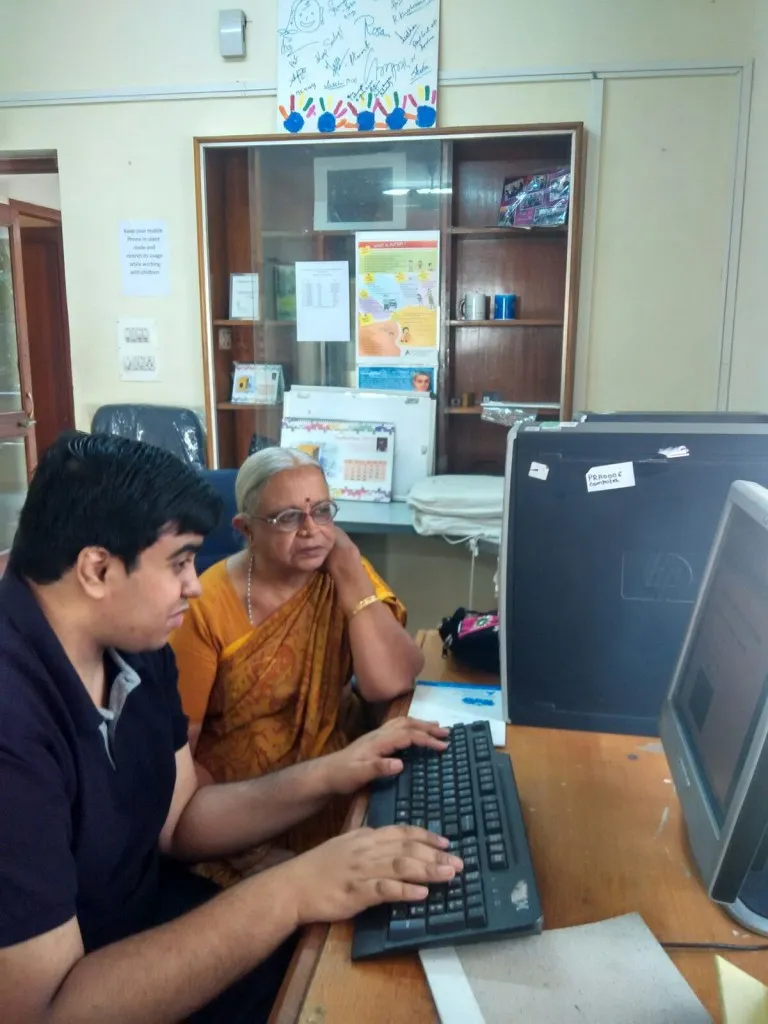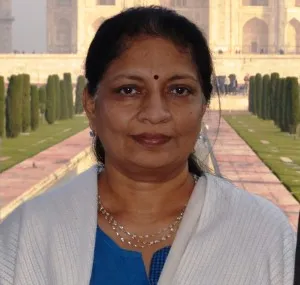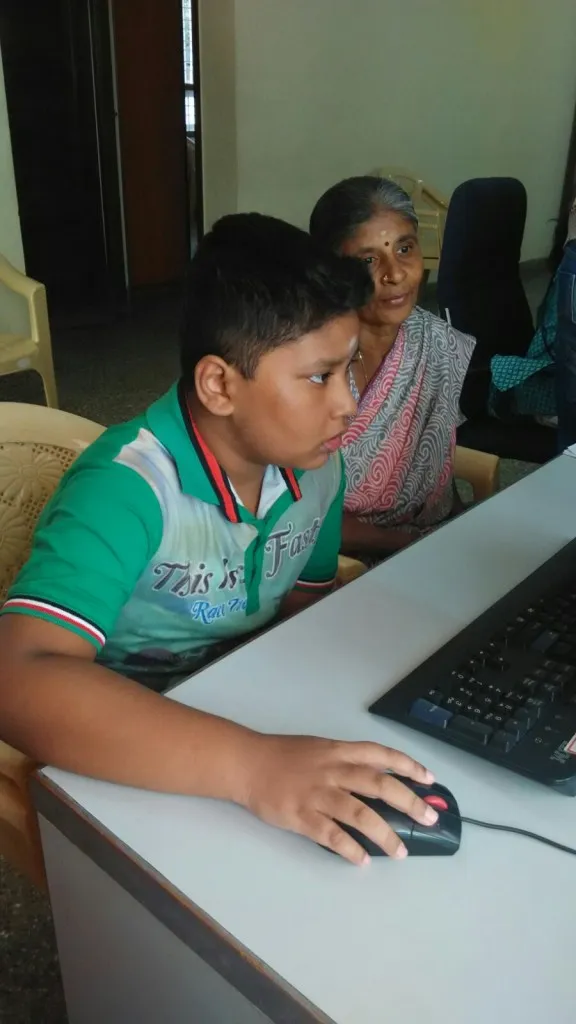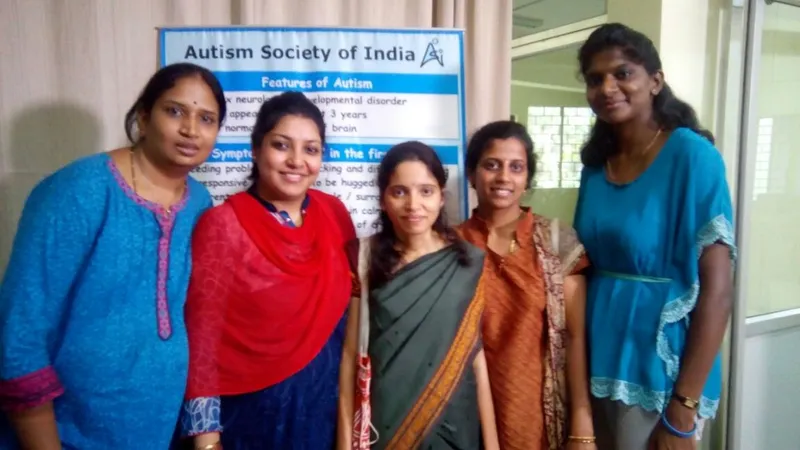Using technology to give autistic children a chance to find an equal place in society – Project Prayas’s mission
Shalini Gupta’s daughter Gayatri is 13 years old. Gayatri is like any other 13 year old, just that she has Down’s Syndrome. Shalini and her family moved from Delhi to Bangalore for Gayatri to attend the computer learning programme for autistic children by ‘Project Prayas’. Shalini tells us, “Gayatri, like all kids these days was interested in computers, but her skills were of a minimal order. Prayas has not just given her computer education but has also helped her understand herself better. She now knows that there are things that she can do on the computer and feels at par with her peers. It’s been an equaliser platform.”
But why move from Delhi to Bangalore? Shalini says, “My husband and I are of the opinion that no matter what career Gayatri chooses, digital medium is going to intervene. For example, she is fascinated with Yoga and decides to become a Yoga instructor in life, it would be nice for her to have own website, create a chat room, go on the internet and scrap information about asanas. Or let’s say she picks photography, she’ll need the computer to edit. Even if she doesn’t choose a stream that is hardcore computer based like programming, any career she picks will need this knowledge.”

Radha Chari has a similar story. Her son Anirudh is turning 23 this October. He’s a second timer at Project Prayas. Why did she chose Prayas yet again for Anirudh? “There is no other programme for computer training for autistic kids. He is interested in computers. And the teachers come down to his level. He’s learning different things from what he learnt the first time around.” Radha tells us about the change she’s seen in Anirudh, “He not only has learnt how to work on Word and Excel sheets but his concentration has also improved. Their approach of practice-based learning, involving the parents as well is what works very well.”Shalini adds about why this programme is different, “I’m one of those parents who has never hired a therapist to work with my child. I would join courses that would teach me and I would in turn teach Gayatri. Prayas fit in perfectly well with my plan. I knew exactly what was happening to my child and how I was contributing to her knowledge development. I don’t think an alternative would have worked as effectively. You do need one on one for this kind of skill building. Not every instructor will have the patience to work one on one with every child. And even if the instructor did have it, with this programme, I can go back home and work on a lesson plan with Gayatri even when she is home. If it was just one report that came to me about what she was doing, that wouldn’t have been the same. Parents’ involvement is a very interesting aspect of this programme.”
The lady behind Project Prayas

Kavita Sharma, one of the founding members of the Autism Society of India (ASI) is the lady behind Project Prayas. ASI, registered as an NGO in 2006 started as a small support group of parents, now has now grown into a big family.
Kavita says that after the launch of iPads in 2010, they were constantly hearing the success stories of how easily kids with autism were learning the concepts by using the iPad. “The audiovisual method was really working”, she says. She adds, “By this time, we knew the learning pathways of kids with autism were not similar to those of neurotypical kids, therefore, the task of using these high-tech assistive devices had to be worked out thoughtfully.”
She tells us that some of the parents from ASI had witnessed that kids with autism have often been labelled as ‘socially challenged’ and they do better when they learn in smaller groups or in ‘one on one’ interactions. She says, “As a mother of two kids with autism, this was my first-hand experience too.”
Project Prayas – The inception
Project Prayas came about with the support of SAP labs, Bangalore, when in ASI’s first iPad workshop, which was organised by SAP labs for the parents, professionals and kids with autism, V. R Ferose, the then MD at SAP labs, announced that he would like to donate some computers and iPads to ASI to open a computer lab. This was March 2011 and Prayas was up and running on June 14, 2011.

From ASI, she was chosen to start this project because she was the only parent and member who was a trained special educator and had dabbled a bit with technology. It was not easy, she tells us, since there was no such programme in the country at that time. She outlined the objective as reinforcing potentials of individuals with autism spectrum disorders with the help of computers and iPads.
To achieve the outcome, Kavita brought together various factors – principles of special education, help of computers and iPads, involvement and empowerment of parents, and providing an environment conductive for training, which had the optimum level of stimuli of the environment.
What all does it entail?
Kavita recalls how Prayas worked in the early stages, “Every morning I would get up at 4 AM, make three or four lessons and send it to my team comprising two professionals and all parents. All of us would open these lessons on arrival and begin our work, each day for next five months. These lessons include general knowledge, pattern recognition, cause and effect, concept building, and computer skills. Every day, the kids were given different lessons. By the time we were in the fifth month, Icreated an evaluation tool to assess the skills achieved. We started categorisation of lessons and graded those too.”

Each batch has about 12–15 kids and run for five months. In January 2013, The ASI team launched www.learn4autism.com with the help of the volunteers of SAP. The main objective is to serve the fraternity with quality content which is free and easily accessible, and anyone can adapt it. It is an online educational resource which is a technology-based early intervention tool. It can be used by individuals with all developmental disabilities who are in the six to 14 years age group.
Kavita adds, “The portal is a crowdsourced knowledge platform that is built to scale, and get best of the content from across the world. It is developed with evidence-based approach after working with 100 individuals with ASD, and focuses on building vocational skills while reinforcing the cognitive skills.”
Impact
Kavita says that Prayas has made a huge impact not only in India but also in other countries. Individuals with autism spectrum disorders (ASD) possess certain strengths, such as extraordinary scanning ability, attention to detail, amazing photographic and associative memory, a liking for patterns and order along with unerring focus. She adds, “Through this project we want to strengthen these abilities and make them productive citizens of the country.”
They have around 1200 registered users from across the world for their online educational resource (OER). It provides 1000 hours of learning. They have replicated Prayas in 15 cities of India and one in Bangladesh through their ‘Train the Trainer’ programme. Prayas team has also developed two apps called ‘Bol’ and ‘iKatha’ on Apple platform. ‘Bol’ is also available on Android.
Kavita’s dream for Project Prayas is to change the perspectives of society towards autism and see the abilities in disability and give these children a chance to be a respected and productive citizens of the country. She says, “Technology can make it happen.”







